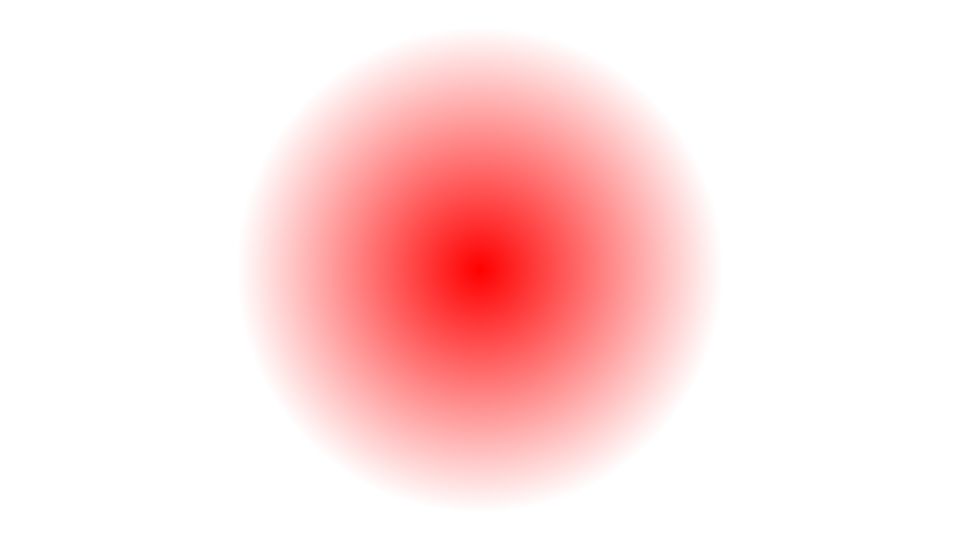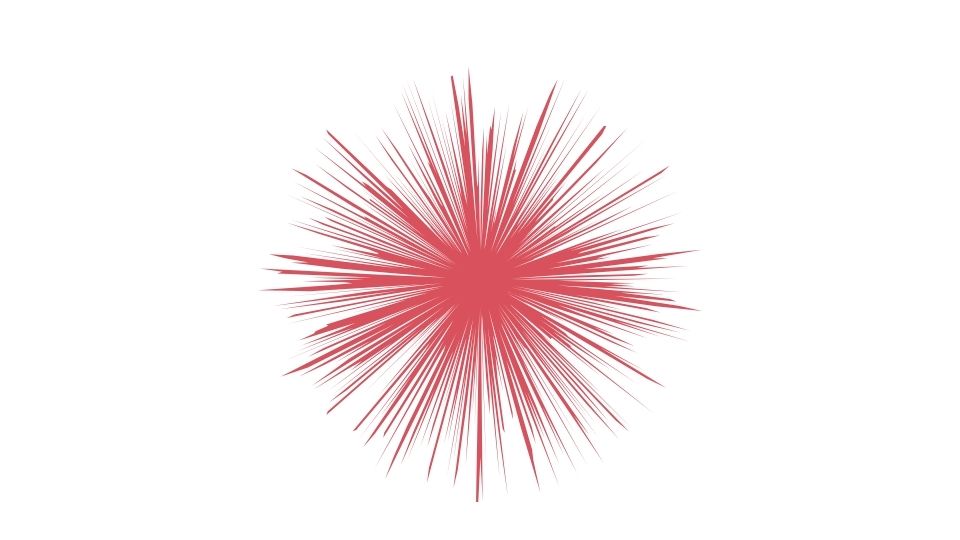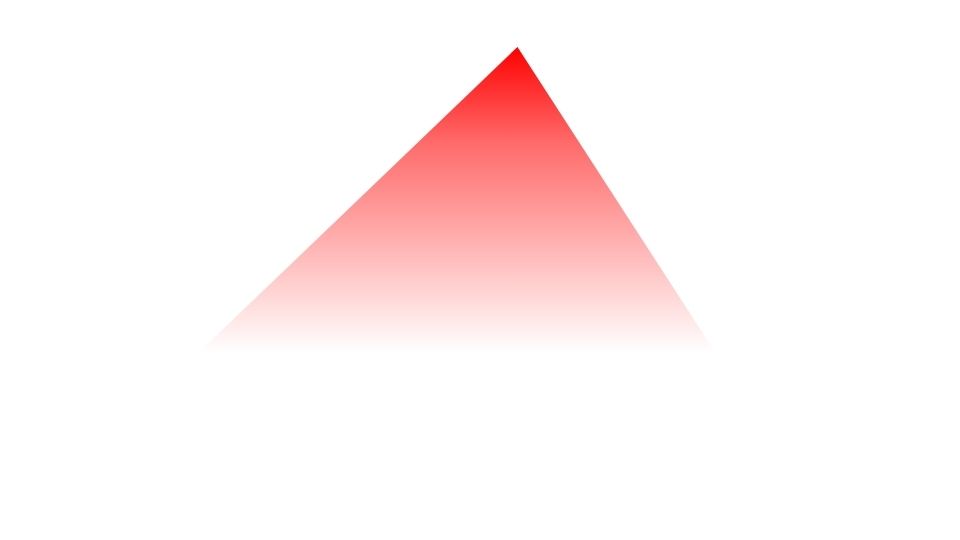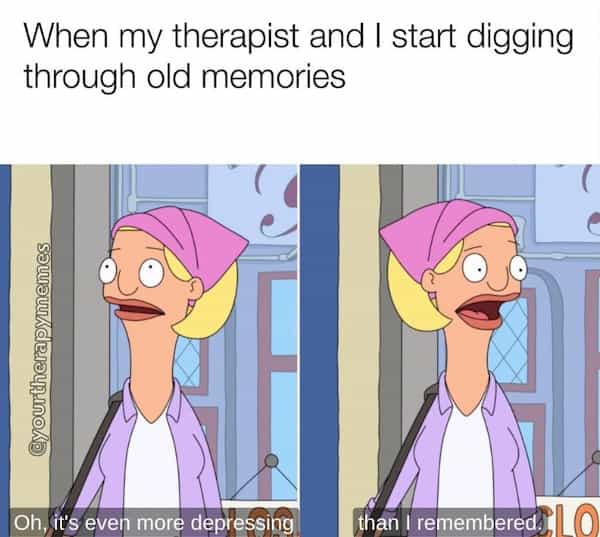Red Light Therapy: Pros and Cons You Need to Know

Ever looked at those red light panels at the gym and wondered what the heck they actually do?
Or maybe you’ve seen those fancy LED masks on TikTok that make people look like they’re auditioning for the next horror movie?
That’s red light therapy (RLT) – and it’s either the next big thing in health or just another wellness fad, depending on who you ask.
I’ve spent way too much time researching this topic so you don’t have to, and I’m going to break down exactly what red light therapy is, how it works, and whether it’s worth your time and money.
Skip ahead if you want:
- How red light therapy works
- The good stuff (pros)
- The not-so-good stuff (cons)
- My take on whether it’s worth trying
How Red Light Therapy Actually Works
Red light therapy uses specific wavelengths of red light (usually around 630-700 nm) to penetrate your skin and basically give your cells a little energy boost.
Unlike UV rays that damage your skin, or lasers that blast it off, red light is gentle – it doesn’t burn or heat your tissues.
The science behind it is pretty straightforward: the light gets absorbed by your mitochondria (remember those little “powerhouses of the cell” from high school biology?). This stimulates them to produce more ATP – the energy currency your cells use to do, well, everything.
More cellular energy = better cell function = faster healing and regeneration.
It’s like giving your cells a double espresso without the jitters.
The Good Stuff: Pros of Red Light Therapy

1. It might actually help your skin look better
This is probably what most people use it for, and there’s decent evidence backing it up.
Red light therapy can:
- Boost collagen production (the stuff that keeps your skin plump)
- Improve skin texture and tone
- Reduce fine lines and wrinkles
- Help with acne, rosacea, and eczema
- Fade scars and stretch marks
One clinical study found that participants showed significant improvements in skin complexion and feeling after regular treatments.
2. It might actually reduce pain and inflammation
Red light therapy seems to be pretty effective at reducing inflammation and pain by:
- Improving blood flow to damaged tissues
- Decreasing inflammatory markers
- Triggering the release of endorphins (your body’s natural painkillers)
This is why you’ll see athletes sitting in front of those giant red light panels after workouts.
A review of 22 controlled trials found that red light therapy effectively reduces pain in adults with different musculoskeletal disorders.
3. It could help with hair growth
If you’re thinning up top, red light might be worth a shot.
Several studies show it can stimulate hair follicles and increase hair density, especially for people with androgenetic alopecia (the fancy name for pattern baldness).
One randomized controlled trial showed a 39% increase in hair growth after 16 weeks of treatment. Not bad!
4. It’s super safe with minimal side effects
Unlike many other treatments, red light therapy has very few side effects. There’s:
- No pain
- No recovery time
- No damage to tissues
- No known long-term negative effects
You can do it at home, at a clinic, or at some gyms, and then immediately go about your day.
The Not-So-Good Stuff: Cons of Red Light Therapy

1. The evidence is still developing
Let’s be real – while there are some good studies out there, the research is still catching up to the hype.
Many studies are small, and protocols vary widely between them, making it hard to draw definitive conclusions about exactly how effective red light therapy is for different conditions.
A systematic review found that while promising, many applications need more rigorous, large-scale human trials.
2. Not all devices are created equal
This is where things get tricky.
The effectiveness depends heavily on:
- The exact wavelength (630-700nm is what you want)
- The power output (too weak and it does nothing)
- Treatment duration and frequency
Many cheaper devices don’t deliver enough power or the right wavelengths to be effective. And some manufacturers make wild claims that aren’t backed by science.
3. It can get expensive
Quality matters, and quality costs money.
Good at-home devices start around $300 and can go up to $1,000+. Professional treatments at clinics can run $50-150 per session, and you typically need multiple sessions to see results.
Is it worth it? That depends on your budget and what you’re trying to treat.
4. It takes commitment and patience
This isn’t a one-and-done treatment. Most protocols require:
- 3-5 sessions per week
- Each session lasting 10-20 minutes
- Continuing for 8-12 weeks minimum
And the results are gradual – you won’t walk out looking 10 years younger after one session.
My Take: Is Red Light Therapy Worth Trying?

After all this research, here’s what I think:
For skin health, it’s probably worth trying if you can afford it. The evidence is decent, and the risks are minimal.
For pain relief, especially for chronic conditions like arthritis or for athletes recovering from intense training, it could be a helpful addition to your routine.
For hair loss, it shows promise, but set your expectations realistically – it might help, but it won’t give you a full head of hair if you’re already significantly balding.
For anything else (brain health, weight loss, sleep, etc.), I’d wait for more research before investing.
If you do decide to try it:
Start with a professional treatment if possible, to see if it works for you before investing in a device
Do your research on devices – look for ones with clear specifications about wavelength and power output
Be consistent – follow the recommended protocol for at least 8-12 weeks
Don’t abandon conventional treatments – use red light therapy as a complement, not a replacement
At the end of the day, red light therapy isn’t a miracle cure, but it’s also not just snake oil. It’s somewhere in the middle – a potentially helpful tool with some scientific backing that might be worth adding to your health routine.
Just don’t expect it to fix everything, and your wallet (and expectations) will thank you.

